
views
X
Research source
Choosing a Bitcoin Wallet
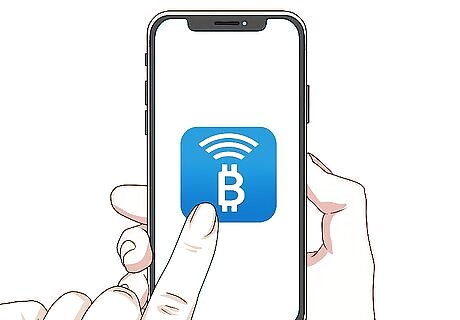
Use a mobile wallet if you want convenient access to your Bitcoin. Mobile wallets are apps available for both iPhone and Android mobile devices, such as Copay, Airbitz, or the Bread app from breadwallet. Mobile wallets tend to have simple, intuitive interfaces, so they work well if you're new to cryptocurrency and not very tech-savvy. Some mobile wallets also offer discounts and other incentives for making daily purchases using Bitcoin. For example, Airbitz offers 20 percent discounts at Starbucks.
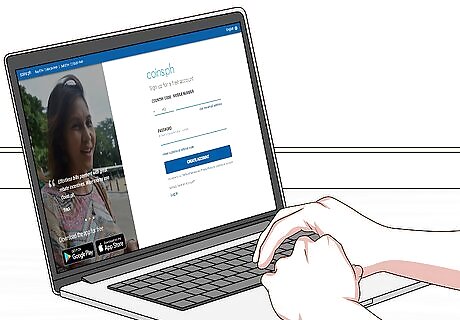
Set up an online wallet if you want to easily transfer or trade Bitcoin. If you plan to convert the Bitcoin you receive to fiat currency (national currency) immediately, or want to trade it on an exchange for other cryptocurrencies, you may be fine with an online wallet. However, because they are online, these wallets are significantly more vulnerable to hacking than other types of wallets. BitGo and BTC.com are examples of some online Bitcoin wallets. If you have an account on an online Bitcoin exchange, your exchange account would also be considered an online wallet.Tip: Think of an online wallet like the wallet you carry on your person. While it may hold a small amount of cash for everyday transactions, you wouldn't keep your life savings there. Likewise, online wallets should only be used for a small amount of cryptocurrency.
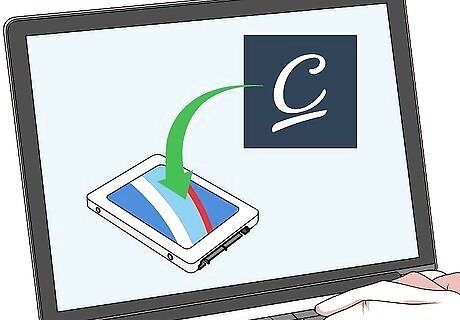
Download a software wallet for greater security and control. With a software wallet, you install software on your desktop or laptop. Because it's kept on your computer rather than on the internet, it's more secure than an online wallet. And since it's right there on your computer, you have control over your wallet and transactions at all times. There are several mobile wallets, including Copay, that can be used both as an app on your smartphone and as software on your computer.

Buy a hardware wallet for increased security. Even a software wallet is only as safe as your own computer and network. For the utmost in security, keep your Bitcoin in a hardware wallet, such as a Ledger or Trezor, that is not connected to the internet. These hardware wallets typically cost a few hundred dollars and provide the utmost security for your Bitcoin. Hardware wallets are good if you plan on holding Bitcoin for the long term. The investment may not be necessary if you plan on converting your Bitcoin to fiat currency right away.
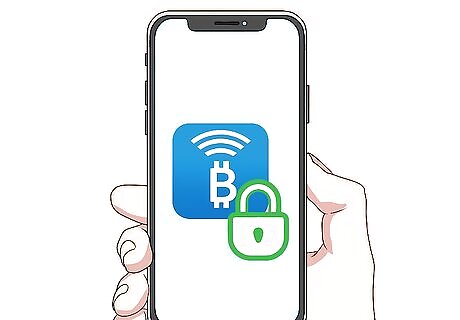
Protect your cryptocurrency by enabling security features. At a minimum, use two-factor authentication to protect your wallet from hacking. Choose a password that is complex and difficult for anyone to guess. If you're using a software wallet, encrypt your computer and use a strong firewall. You should also make sure that you have strong anti-virus protection that is installed and up-to-date.
Completing a Single Transaction
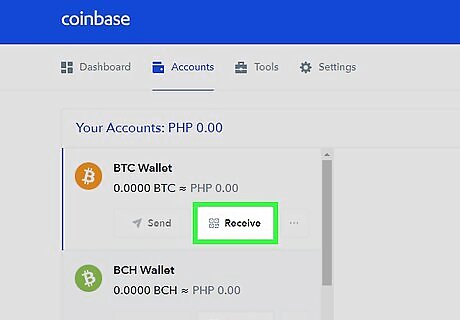
Click the "receive" button on your wallet interface. Log into your wallet and navigate to the account options. Clicking the "receive" button will take you to the information you'll need to receive the Bitcoin from someone else.
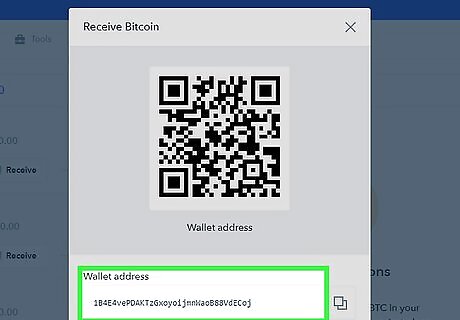
Generate a public address for your wallet. Your wallet will generate a new public address or QR code for you to give to the person who is going to send you Bitcoin. Each public address you create is unique for each particular transaction. That public address is valid forever, so don't worry if you navigate back to the "receive" page and your wallet generates a new address.Tip: If you have your wallet set up to accept more than one type of cryptocurrency, make sure you have it set to receive Bitcoin specifically. Otherwise, the cryptocurrency will be lost.
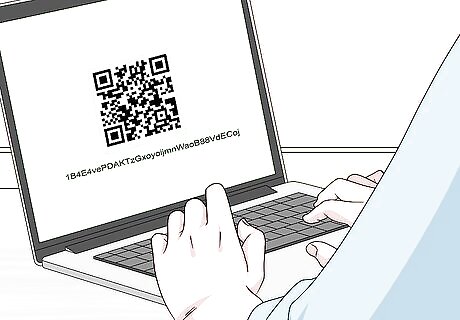
Send the public address to the person paying you Bitcoin. To receive Bitcoins as payment for goods or services, you simply give your public address to the person who will be sending you money. If your wallet generated a QR code, the person can typically just scan the code with their smartphone. The public address can also be emailed or texted. No one can do anything with it except give you money – they cannot access your wallet with it – so there's no real need to be concerned about keeping it secure.
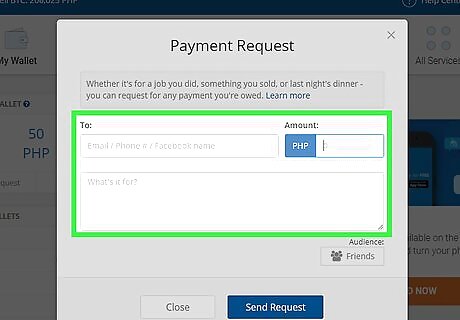
Create a payment request if you want to include additional information. Rather than simply copying the public address or QR code and sending it to the person, you can also create a payment request email within your wallet. On your payment request, you can specify the amount of Bitcoin to be paid or describe the goods or services being sold for Bitcoin. The payment request generates an email that is sent to the person who will be paying you Bitcoin. That person can simply click a link on the payment request to send you the Bitcoin.
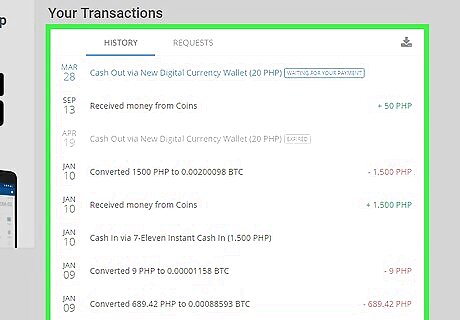
Monitor your wallet for incoming transactions. Once you've sent the other person your public address, they can send you Bitcoin at any time. You can monitor for new transactions within your wallet. When the Bitcoin comes through to your wallet, it will show up in your most recent transactions. If your wallet is set up to accept more than one type of cryptocurrency, make sure that you're checking the transactions in the Bitcoin section of your wallet.
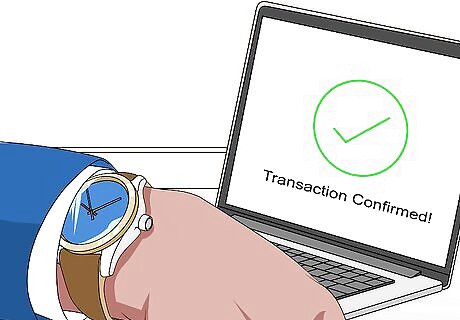
Wait for confirmation of the transaction. A new block is created in the Bitcoin blockchain approximately once every 10 minutes. Your transaction will be verified and recorded in that block. At that time, your transaction is "confirmed." Once the Bitcoin transaction is confirmed, it cannot be reversed. If you are a merchant accepting Bitcoin for relatively small transactions (the equivalent of a few dollars US), 1 confirmation may be enough for you to verify the transfer. However, industry standard for safety and security is 6 confirmations, which will take approximately 1 hour. To check the number of confirmations your transaction has, copy the transaction ID from your wallet and paste it into a block explorer, such as blockchain.info.
Accepting Bitcoin Payments
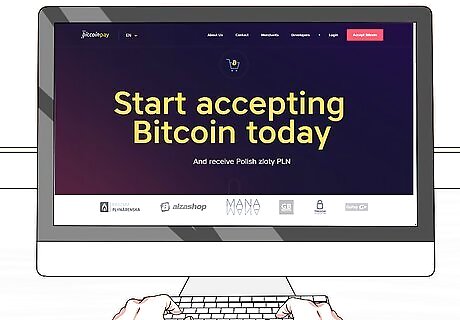
Select a Bitcoin payment processing provider. Websites such as Bitpay, Coinify, and Bitcoinpay offer services that manage and process Bitcoin payments from internet retailers as well as brick-and-mortar stores. Each of these services has somewhat different features, and charges different fees for their services. Visit several of these sites and review the services they provide and fees they charge. Comparing the various services will help you find the one that best suits your needs.Tip: Not all of these payment processing providers operate in all countries. Before you choose a service, make sure it works with businesses headquartered in your country, and that it allows for conversion of Bitcoin into your national fiat currency.
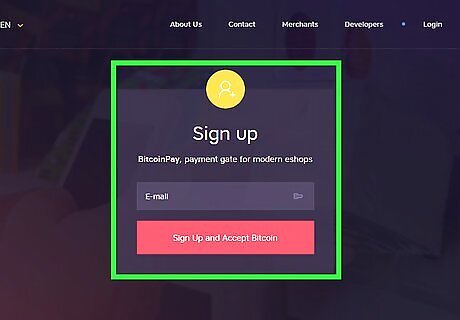
Create an account with your chosen payment processing provider. Creating a basic account with a payment processing provider is typically fairly easy. Initially, typically all you'll need to provide is an email account and password. If you verify your identification and banking details, you can access additional features with your account. You'll want to link your account to your business's bank account so that you can convert Bitcoin to fiat currency and deposit that income into your business's bank account. You'll also have the option of choosing the fiat currency that you want to convert Bitcoin to. Exchange rates and fees differ depending on the fiat currency you choose.
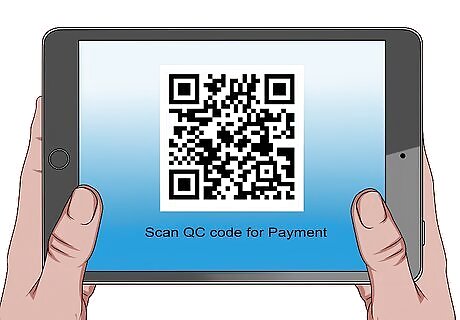
Generate a QR code so your customers can pay in Bitcoin. If you have a brick-and-mortar store, you can print a QR code from your payment processing provider and display that code at your cash register. Customers can simply scan the code with their smartphone to pay you in Bitcoin. If you use tablets or another point-of-sale system, you may be able to integrate a code so that the QR code displays on the tablet or point-of-sale display for your customers.

Integrate the API of your payment processing provider on your website. If you have an online store, payment processing providers generate code that you can add to your website so that you can accept Bitcoin payments online. The code will add an icon to your payment methods that your customers can click on if they want to pay in Bitcoin. You don't necessarily have to be a coding expert to add the payment code. These service providers have plugins that will work with major shopping cart payment systems, such as OpenCart and Magento.
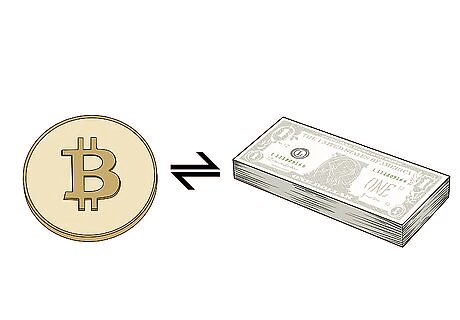
Convert and deposit Bitcoin to your bank account. When customers purchase goods or services from you with Bitcoin, you will get a notification from your payment processing provider. You can convert your Bitcoin to fiat currency and transfer it to your bank account immediately, or do so at regular intervals. Some payment processing providers may require you to collect a minimum amount of Bitcoin before you can convert it. Check your account information to make sure.




















Comments
0 comment